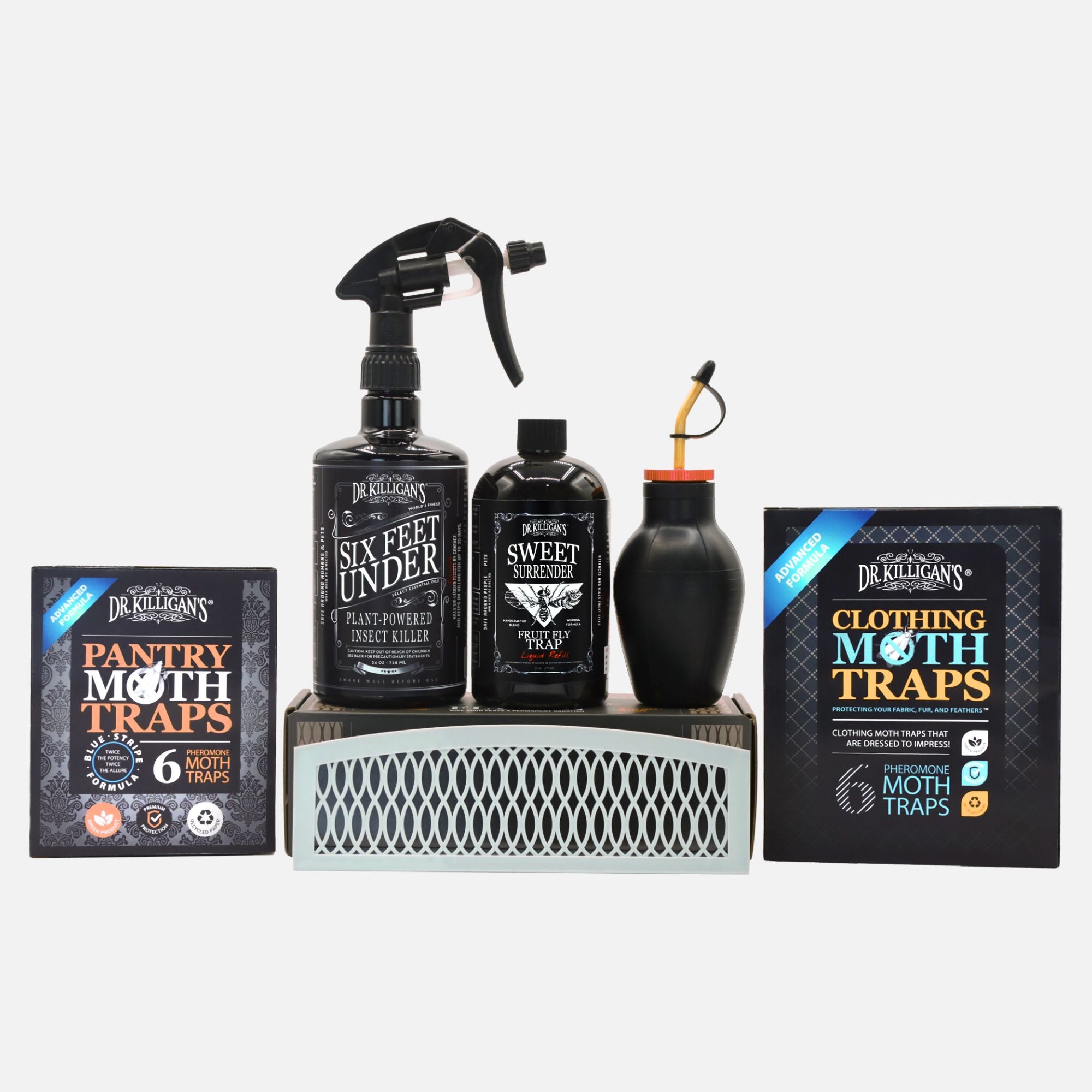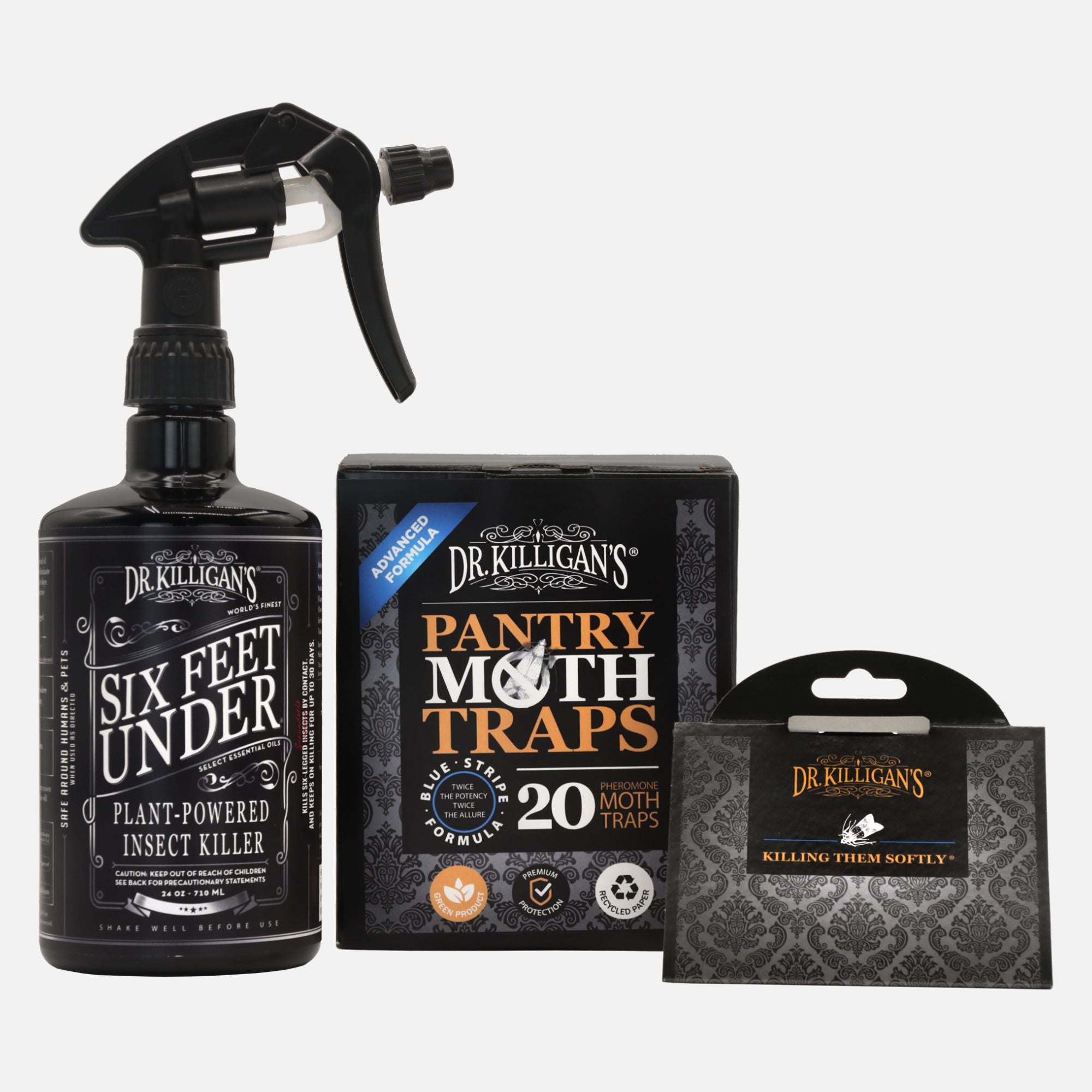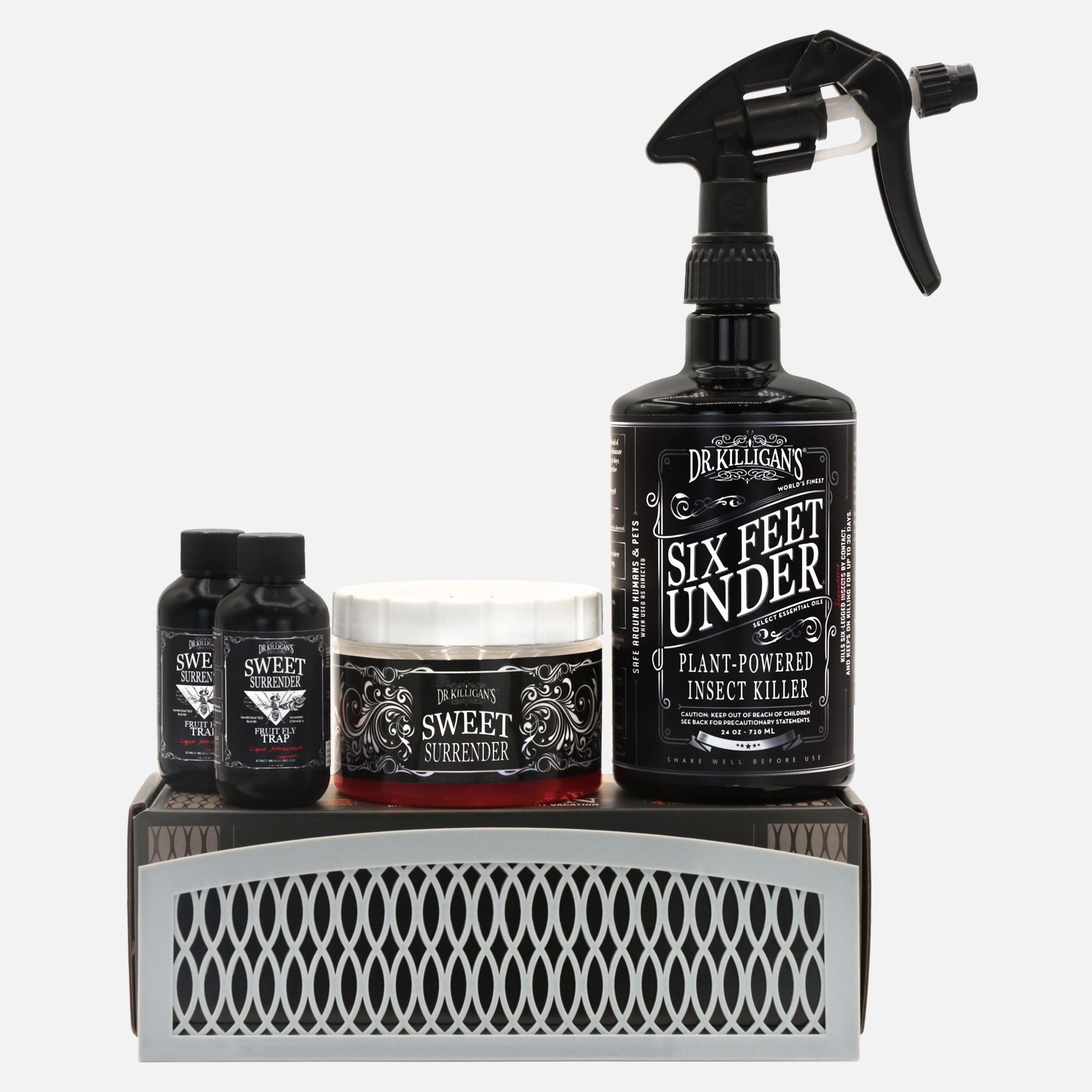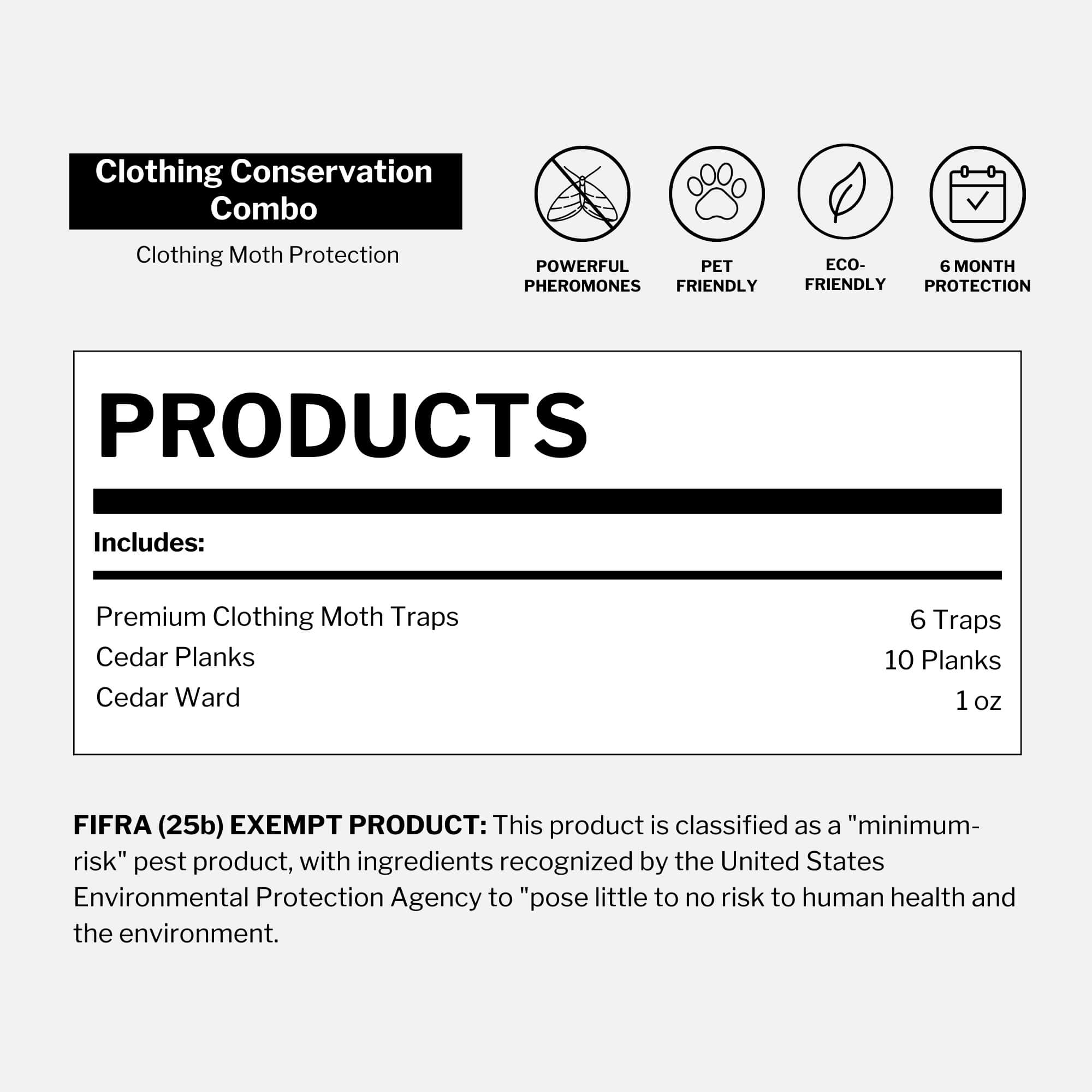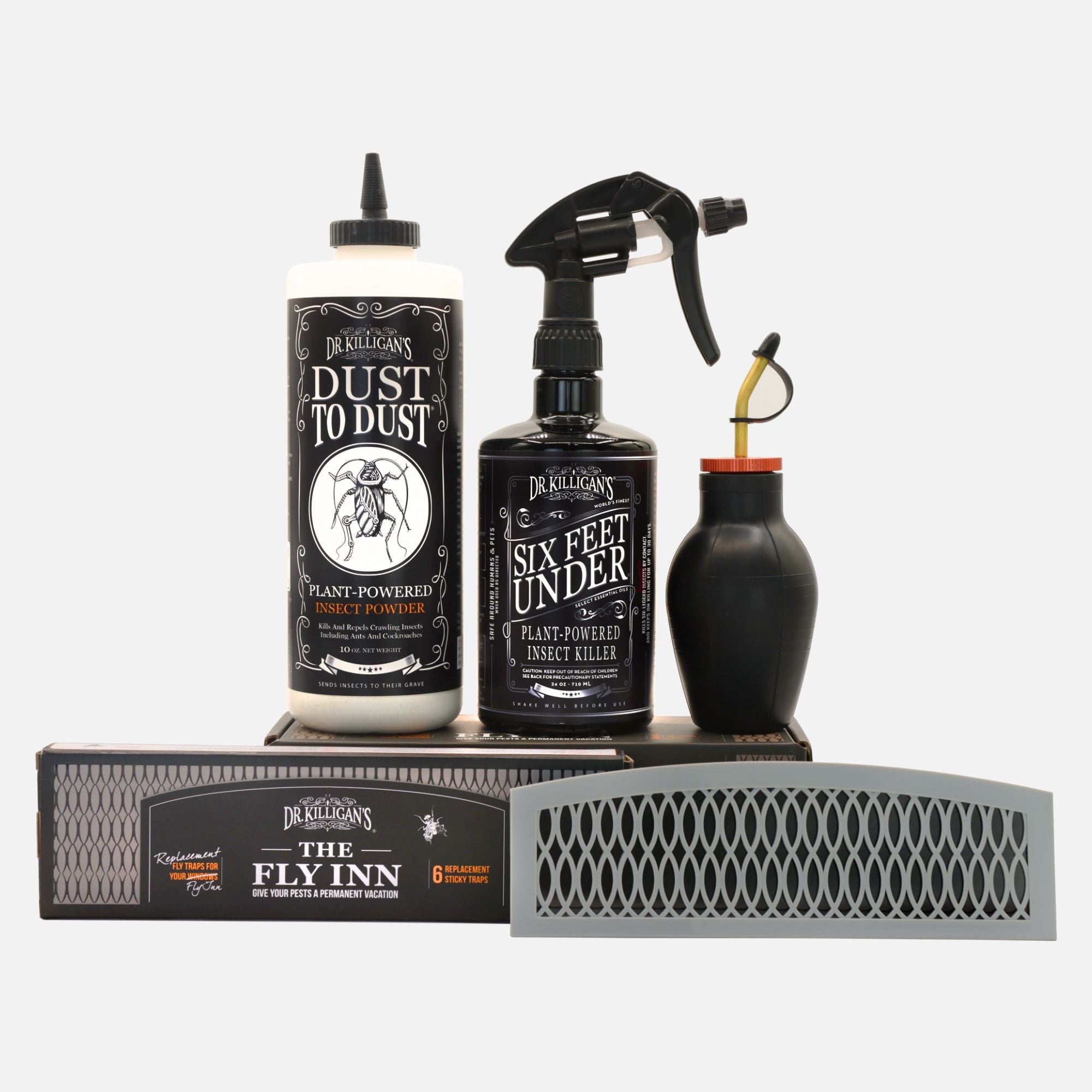What are bug bombs?
Bug bombs—also known as foggers—are cunning contraptions that promise a swift resolution to the age-old problem of troublesome insects. Once unleashed, these pressurized aerosol devices release a concentrated concoction of insecticides into the air, enveloping the room in a dense fog of chemical warfare.
The goal? To eradicate a wide array of pests—from mosquitoes and fleas to cockroaches, ants and flies—by infiltrating every nook and cranny with the lethal mist.
What ingredients are in bug bombs?
Bug bombs typically contain a mixture of pyrethroids—such as permethrin or tetramethrin—along with other chemicals like piperonyl butoxide. These insecticides are known for their neurotoxic properties.

Permethrin and tetramethrin are synthetic insecticides from the pyrethroid family. They work by interfering with the delicate nervous system of insects, causing a cascade of effects that ultimately result in the insects’ paralysis and demise. Their cunning mechanism of action ensures that the pesky creatures meet their untimely fate, unable to escape the grip of their own incapacitated bodies.
Piperonyl butoxide (PBO) is a synergist that is commonly used in combination with insecticides. While it lacks insecticidal prowess on its own, it excels in its role as an enhancer, intensifying the potency of other insecticides.
How, you may wonder, does PBO work? By skillfully thwarting the very enzymes insects rely upon to neutralize and expel these chemicals, PBO extends the lifespan of these chemicals and heightens their toxicity. This collaboration makes them a toxic force against a multitude of pests, finding their way into household insecticides, agricultural pesticides and even the arsenal of veterinary products.
Are bug bombs safe?
Bug bombs can pose risks and safety concerns if not used properly. While they may be effective in eliminating pests in certain situations, they should be handled with caution and only used as a last resort.
A major issue with bug bombs is their frequent incorrect use or the users' lack of understanding of their risks and limitations. According to a Center for Disease Control and Prevention (CDC) report, the most commonly reported issues leading to illness and injury were due to failing to vacate the area, returning to the premises too soon, remaining in the area before the bug bomb discharged or not ensuring adequate ventilation during the discharge.
What are eight issues with using bug bombs?
1. Health risks: Bug bombs contain potent insecticides that can be harmful if inhaled or if the residue comes into contact with skin or surfaces. They can cause respiratory irritation, allergic reactions and other health problems.
An article published by the CDC, 'Acute Illnesses and Injuries Related to Total Release Foggers (TRF) — 10 States, 2007–2015,' gives us insight into the true health risks:

- A total of 3,222 TRF-related illnesses were identified in 10 participating states.
- Approximately 93% of cases involved exposure to the TRF active ingredients pyrethroid (78%) or pyrethrin (24%).
- Cough, upper respiratory pain or irritation, dyspnea and gastrointestinal symptoms (vomiting, nausea and abdominal pain or cramping) were the most commonly reported. Four cases were fatal.
An article by the Columbia University Irving Medical Center, Prenatal Exposure to Pesticide Additive Linked With Childhood Cough, links PBO, a common ingredient in bug bombs, to childhood cough. This finding raises concerns about the safety of common pesticide components and their effects on children’s health.
Moreover, numerous peer-reviewed studies have found that synthetic pyrethroids— another prevalent component in many household pesticides—are associated with a range of adverse developmental and behavioral disorders. These include:
2. Incomplete elimination: Bug bombs may not reach all areas of infestation, such as hidden cracks and crevices, resulting in incomplete elimination of pests. This can lead to reinfestation and the need for additional treatments.
3. Fire and explosion hazards: The aerosol propellants in bug bombs are flammable, and if used improperly, they can pose a fire or explosion risk. Ignition sources like pilot lights, open flames or sparks can trigger an explosion.
4. Environmental impact: Bug bombs release chemical compounds into the air and can contaminate the environment. These chemicals may have adverse effects on beneficial insects, pets, wildlife and the ecosystem as a whole.
5. Risk to personal belongings: Bug bombs can leave a residue on surfaces and belongings, which can be difficult to clean and may cause damage to furniture, electronics, fabrics and other items.
When releasing a bug bomb, you should cover everything from toiletries and toys to plants, food preparation areas and electronics. Nothing uncovered is safe. If nothing uncovered is safe, then you may want to ask yourself if the risk is worth it. What are you really exposing yourself and your household to?
6. Potential for human error: Incorrect usage or failure to follow instructions can lead to ineffective treatment, increased health risks or accidents. It is crucial to carefully read and adhere to the instructions provided by the manufacturer.

Sidenote: This is a major issue and the reason behind the improved labeling of all foggers. The Environmental Protection Agency (EPA) enhanced the labeling of all foggers manufactured after September 2012. The changes included revised directions on how to use the products, including pictograms, and updated environmental hazards and other best-management practices. (However, injury data both before and after the introduction of the new cans revealed no statistically significant decrease in the rate of TRF-associated injuries in the years following.)
7. Limited long-term effectiveness: Bug bombs may provide temporary relief from pests but often do not address the root cause of the infestation. Without addressing the underlying issues, pests can quickly return.
8. Safer alternatives available: There are safer and more targeted pest control methods, such as integrated pest management (IPM) techniques, home pest control services and less toxic insecticides, which can effectively manage pests while minimizing health and environmental risks.
How can Dr. Killigan’s help?

Dr. Killigan’s is that safer alternative. We create pest control solutions that are 100% non-toxic, 100% effective and 100% sophisticated. Our solutions are part of an integrated pest control management approach.
In lieu of relying on a single solution, this approach encourages the use of multiple techniques and practices to address pest issues effectively and sustainably. Instead of using a roach fogger, use Dust to Dust Plant-Powered Insect Powder. It is a safe, toxin-free, people-friendly and pet-friendly solution against cockroaches and other winged and crawling insects. Instead of a flea fogger, use Six Feet Under Plant-Powered Insect Spray. It is a fantastic non-toxic insect killer that will greatly aid you in your battle against fleas. Implement these four tips to deter flies naturally and these nine tips to keep bugs out of your home. Take charge and execute these 8 tips for DIY pest control.
Keep toxic pesticides out of your home and do not cause unnecessary health risks to you or your family. Take my advice and don’t implement short-term methods that lead to reinfestation or leave a toxin-filled residue on your furniture. I, Dr. Killigan, will continue to work until household pests, unsafe toxins and unsightly remedies are a thing of the past. Stick with us and remain pest-free.



